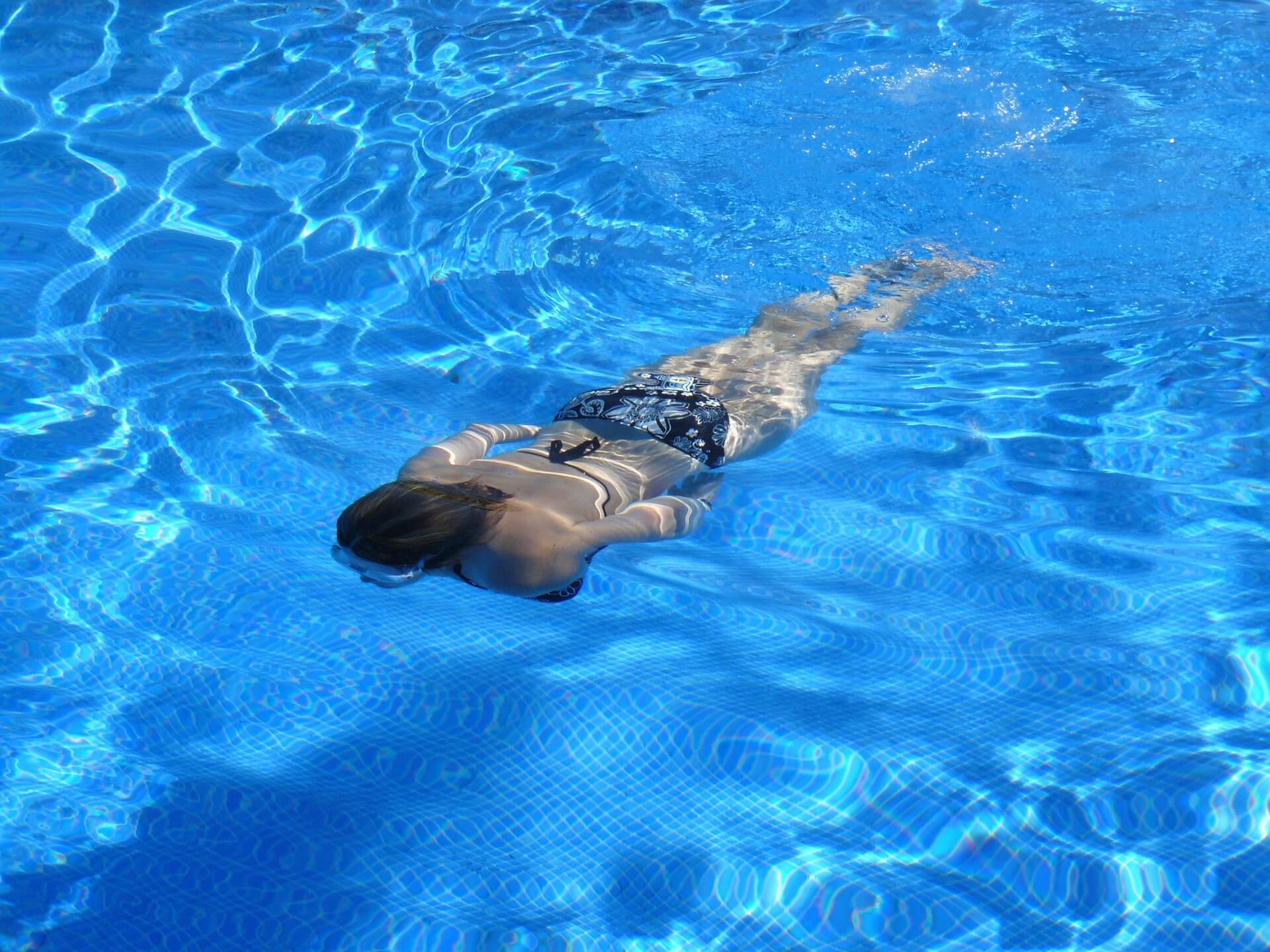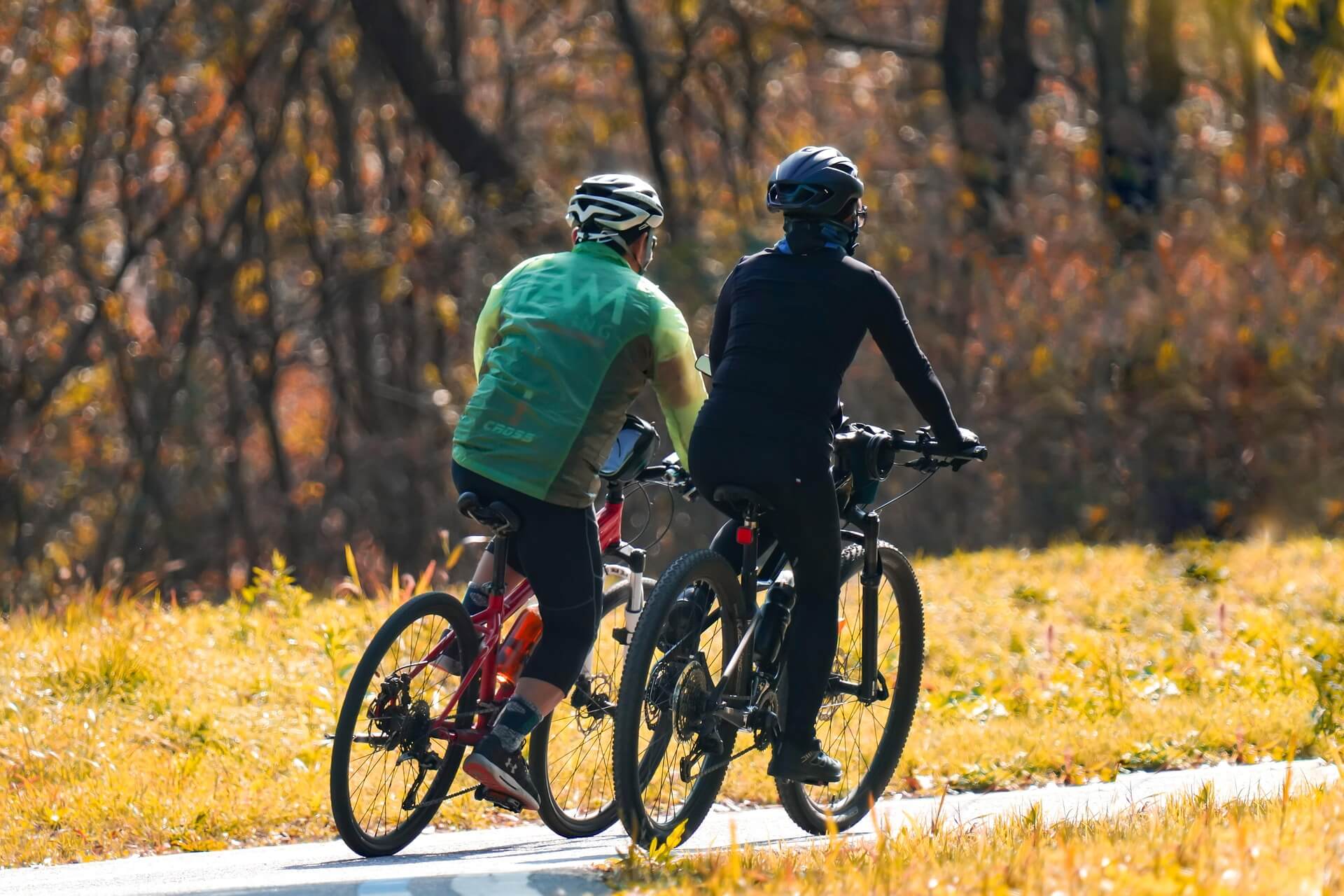Managing diabetes calls for a mix of regular physical exercise, medication, and a good diet. Of all the several kinds of exercise, brisk walking is among the most efficient and easily available. This easy exercise increases general well-being, controls blood sugar levels, and boosts insulin sensitivity.
Table of Contents
How Brisk Walking Promotes Blood Sugar Control
Brisk walking helps muscle cells to take glucose from the bloodstream, hence reducing blood sugar levels. Unlike high-intensity workouts, this moderate activity stimulates a consistent and natural drop in glucose rather than stressing the body. People with diabetes thus show better long-term management and less blood sugar rises.
Also improving insulin sensitivity is consistent vigorous walking. After exercise, the muscles use insulin more effectively so the body may better handle glucose. For patients with type 2 diabetes or prediabetes, this helps avoid insulin resistance and preserve steady blood sugar levels across the day.
Advantages Beyond Blood Sugar Management
There are benefits to vigorous walking outside of only controlling glucose. For those with diabetes, this exercise reduces the risk of cardiovascular disease—a prevalent worry—by strengthening the heart. At least 30 minutes a day, at least a moderate pace helps lower inflammation, cholesterol, and blood pressure.
A brisk walking schedule helps one maintain weight as well. Extra body weight might aggravate insulin resistance, so making blood sugar control more challenging. Walking boosts metabolism, burns calories, and supports weight loss or maintenance—which can help to improve diabetes symptoms.
Extra Benefits of Brisk Walking
Beyond the physical advantages, brisk walking improves mental health as well. Endorphins released by exercise assist lower tension, anxiety, and sadness. Since stress can elevate blood sugar levels, keeping active starts a good cycle of better physical and mental health.
Its accessibility adds still another benefit. Brisk walking calls for no costly equipment unlike gym sessions or specialist training regimens. One just needs comfortable shoes and a safe walking path. People might stroll outside in parks, around their neighborhood, or even indoors on a treadmill or in a mall.
Advice on Starting Right Now
- Start Slowly – If you walk often but this is new, start with 10-minute sessions and progressively extend the length of time.
- Maintaining a Steady Pace – walk fast enough to increase the heart rate yet still be able to maintain a conversation.
- Stay Consistent – To get best results, try to walk briskly for at least 150 minutes a week.
- Track Blood Sugar – See how the body reacts and makes necessary adjustments both before and after walking.
- Drink Water – before and during walks and wear appropriate shoes to help avoid pain and injury.
Conclusion on Brisk Walking
One simple and efficient approach to control diabetes is brisk walking. It decreases blood sugar, increases insulin sensitivity, works on the heart, and enhances mental health. Almost anyone can start today since it calls for no particular gear. Regular brisk walking can help to control diabetes and lead to a general improved quality of life.





